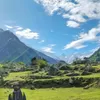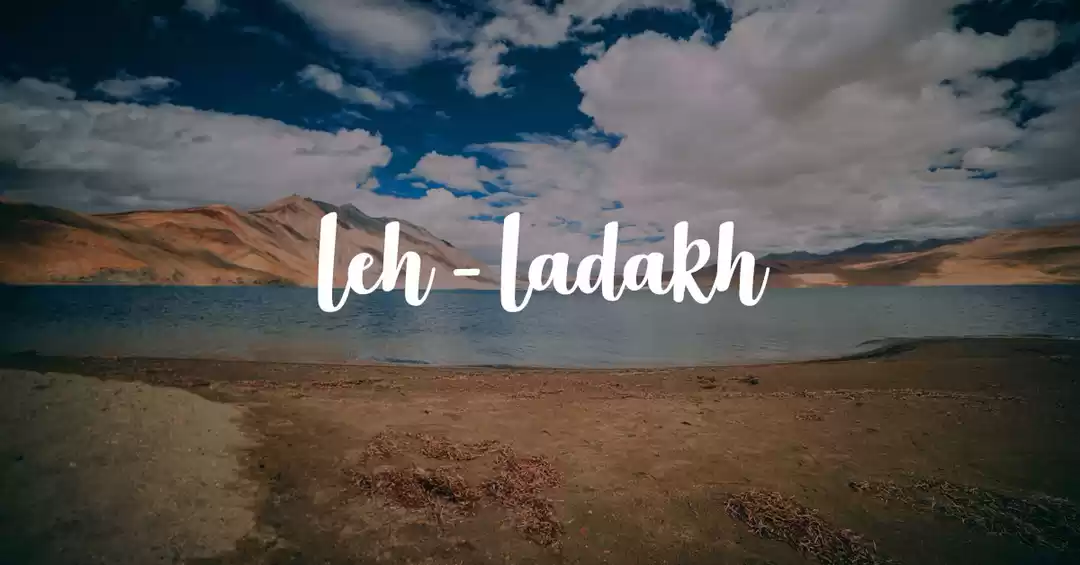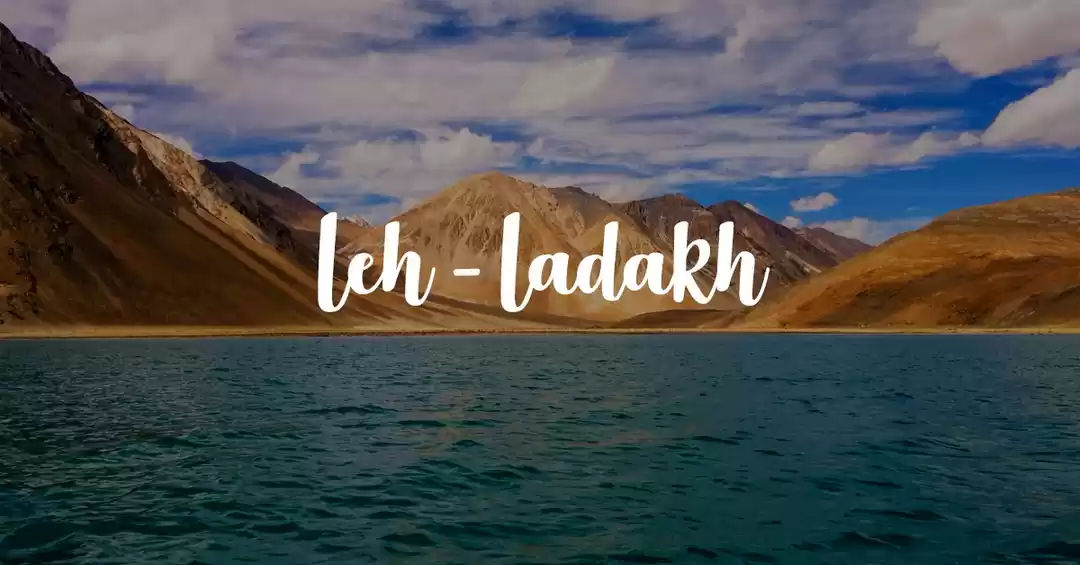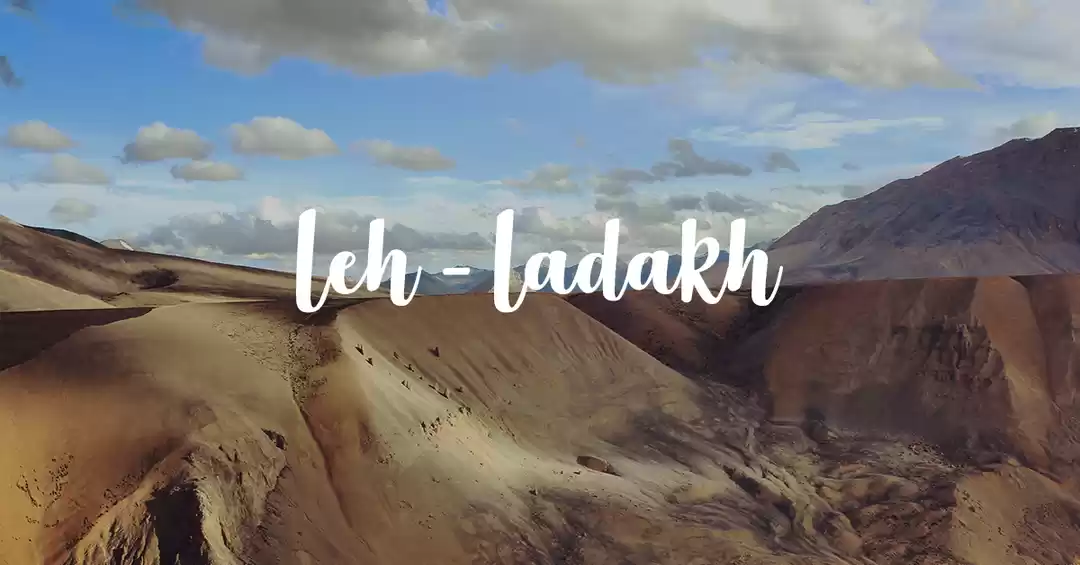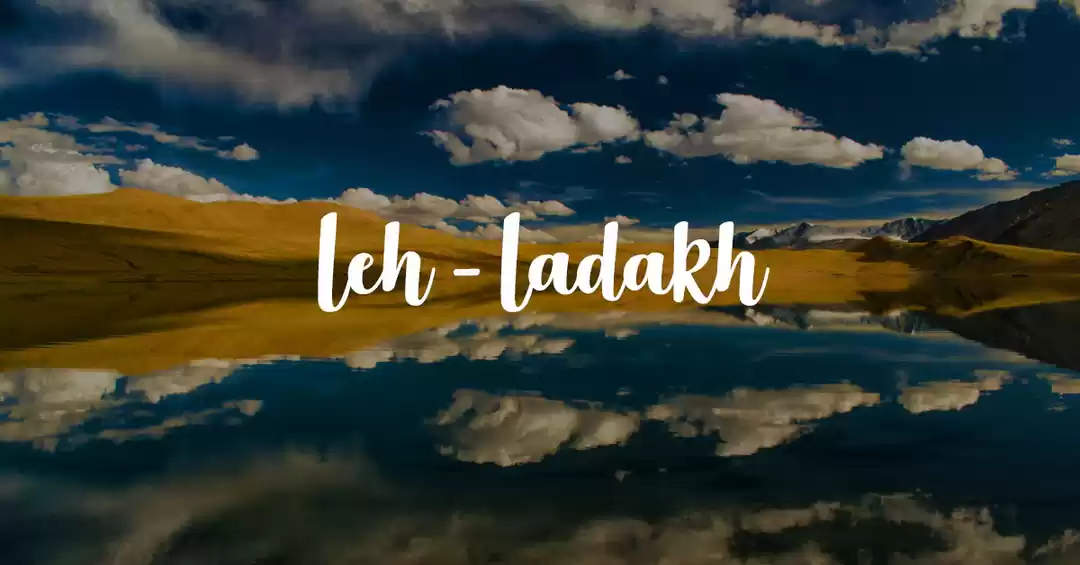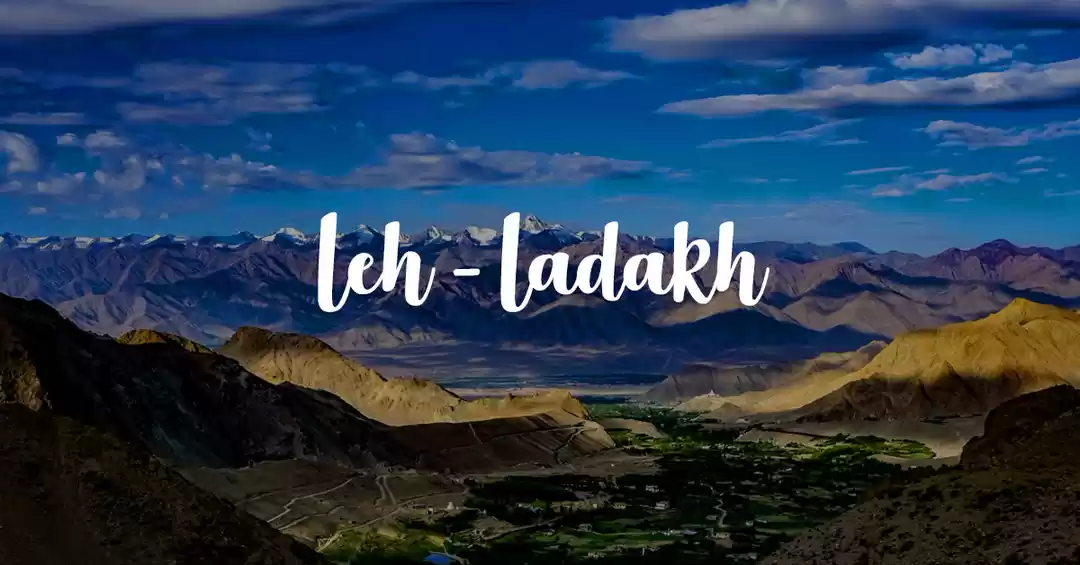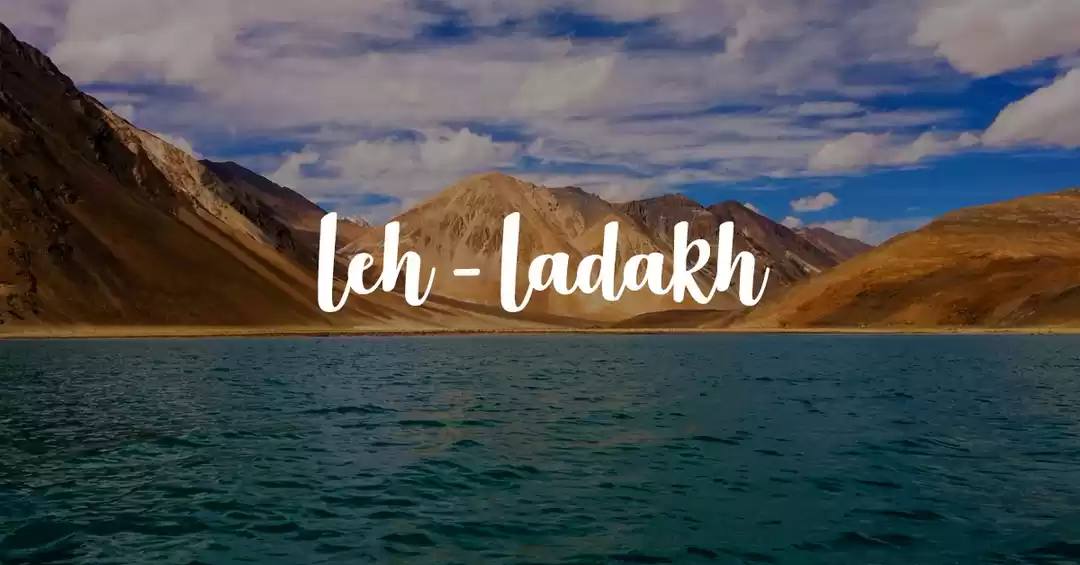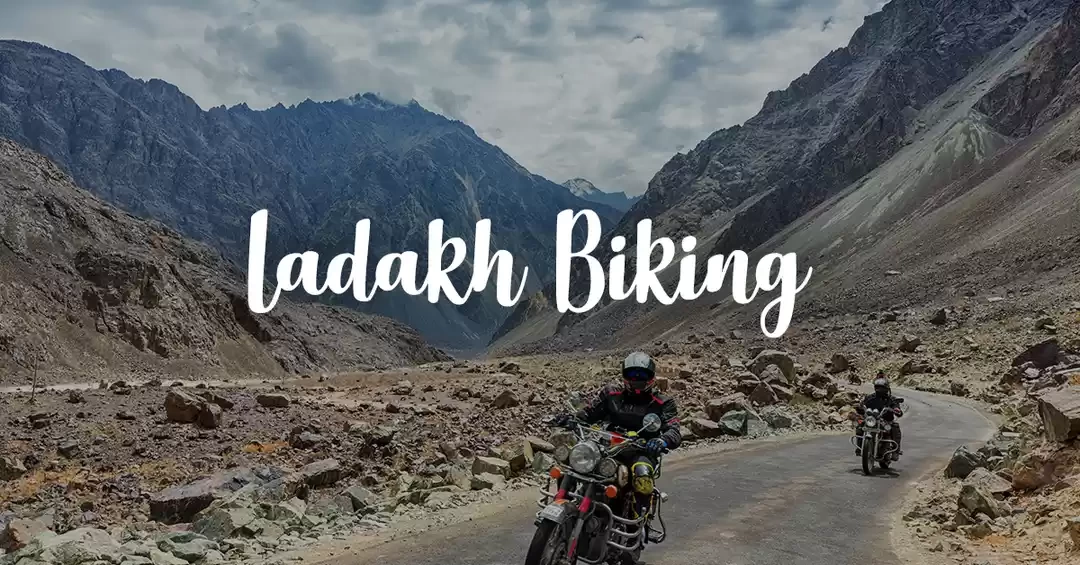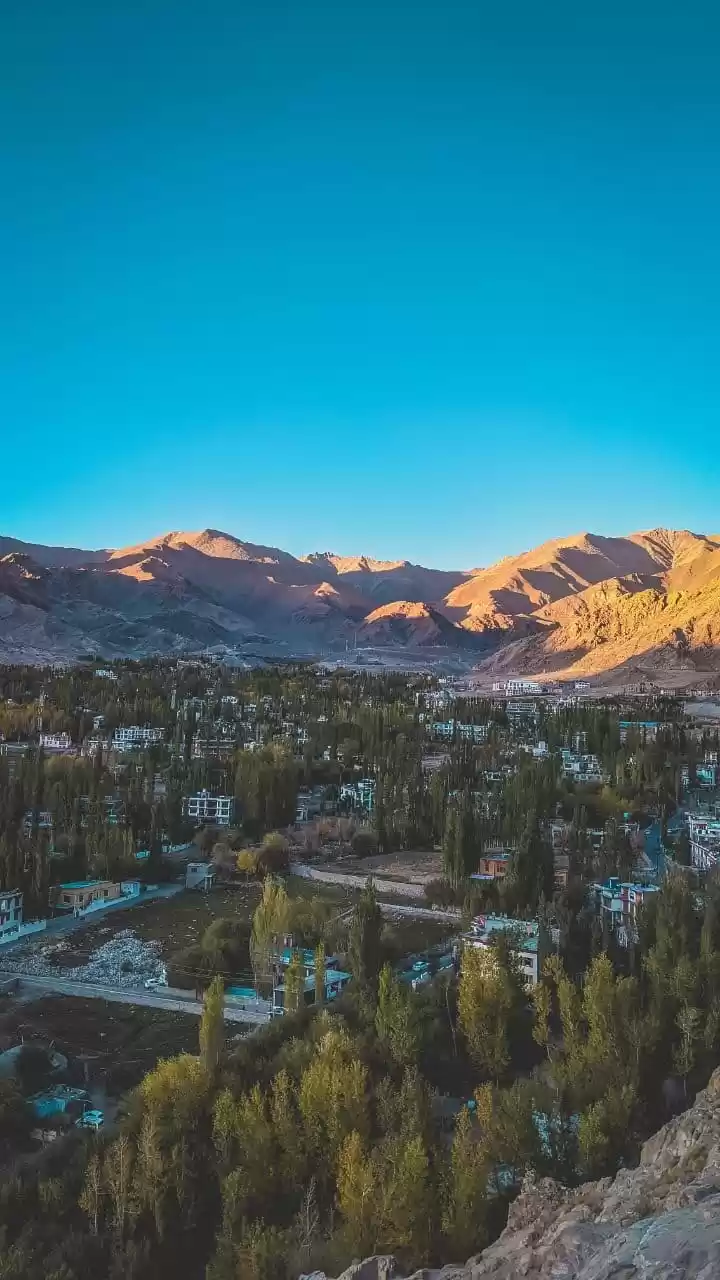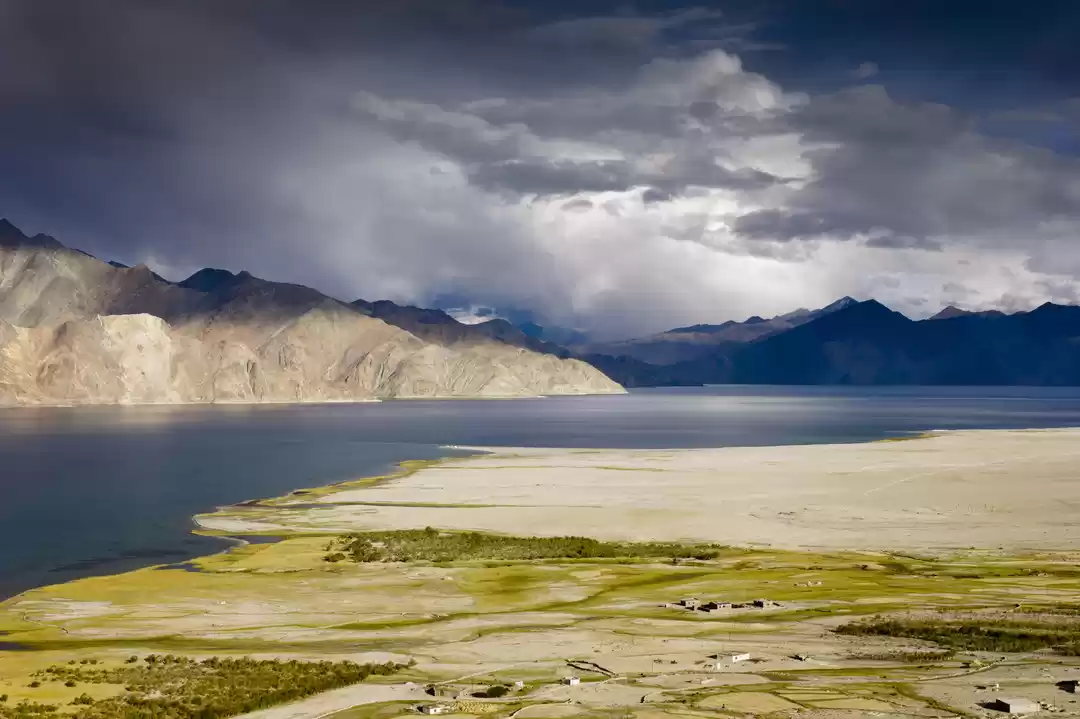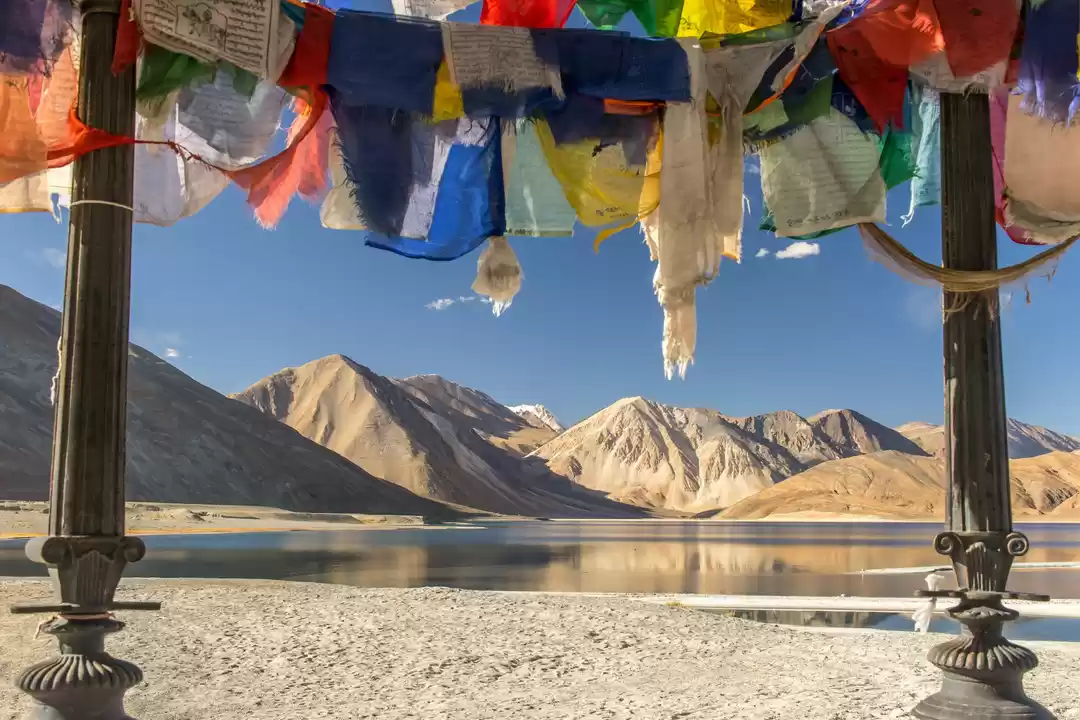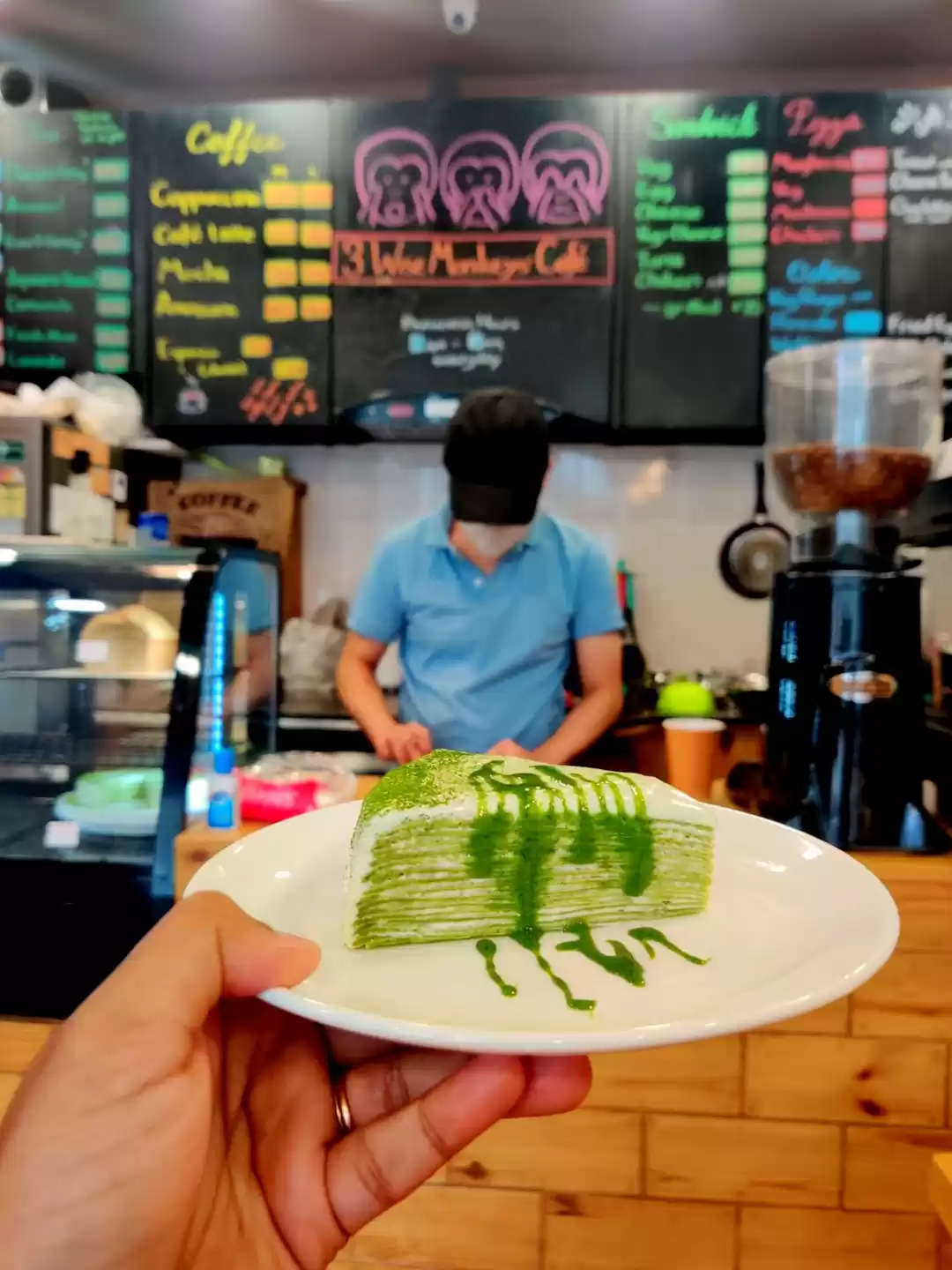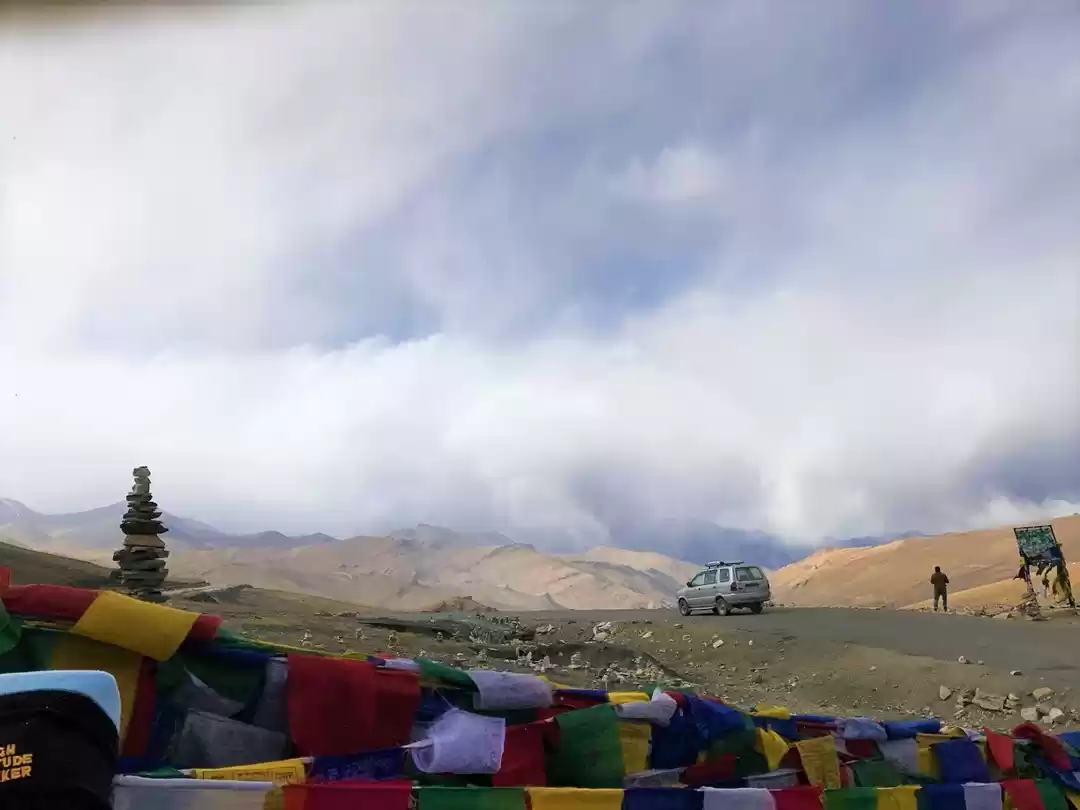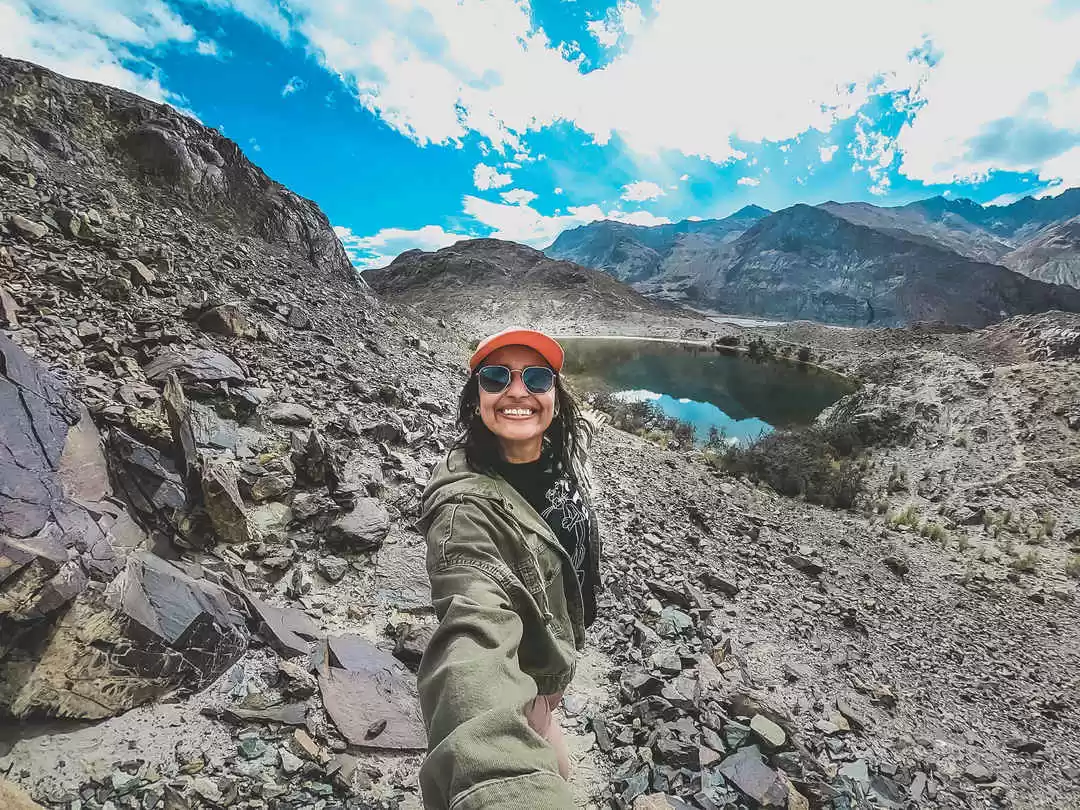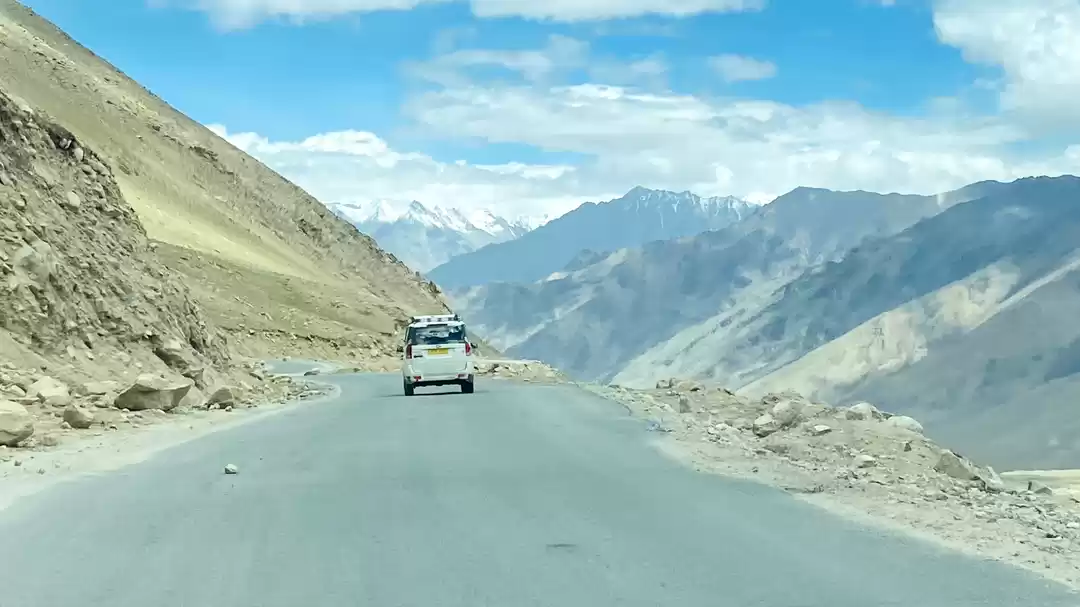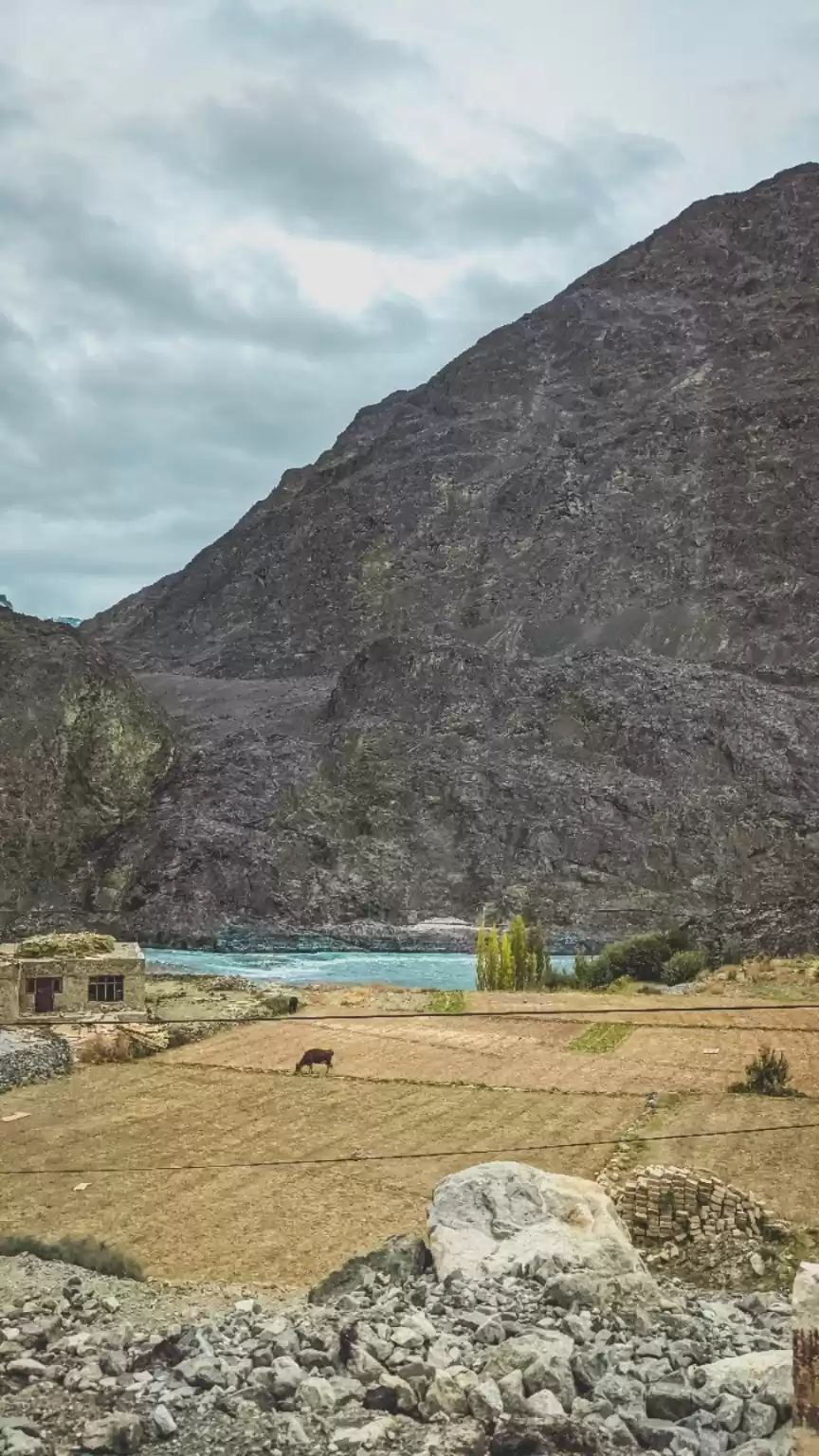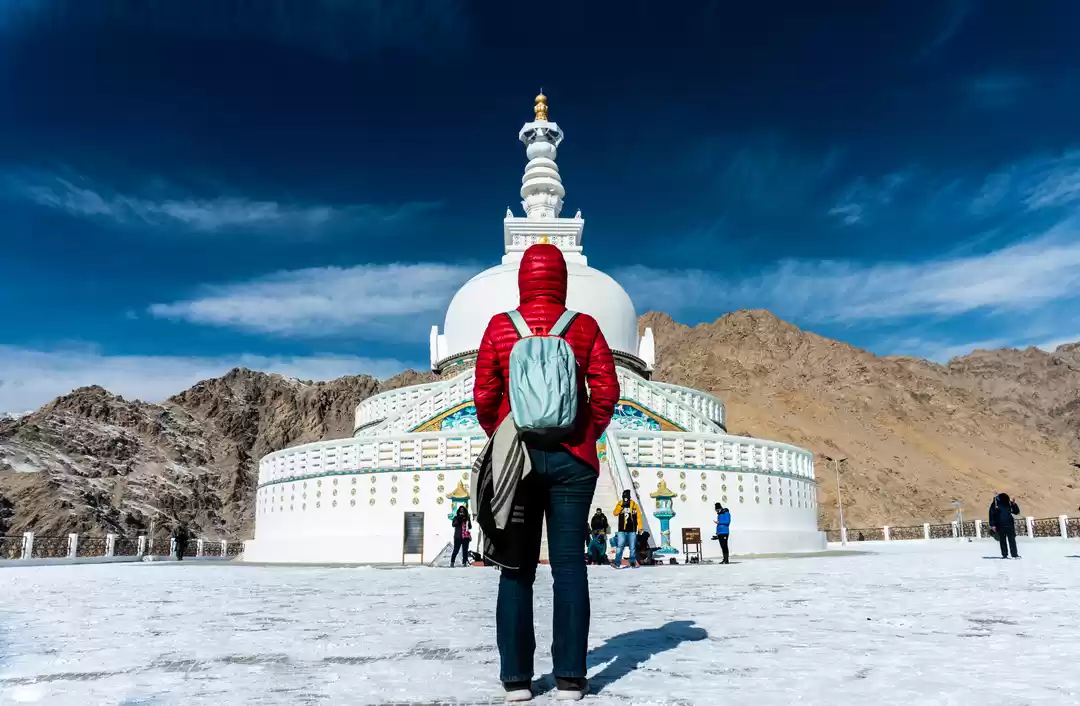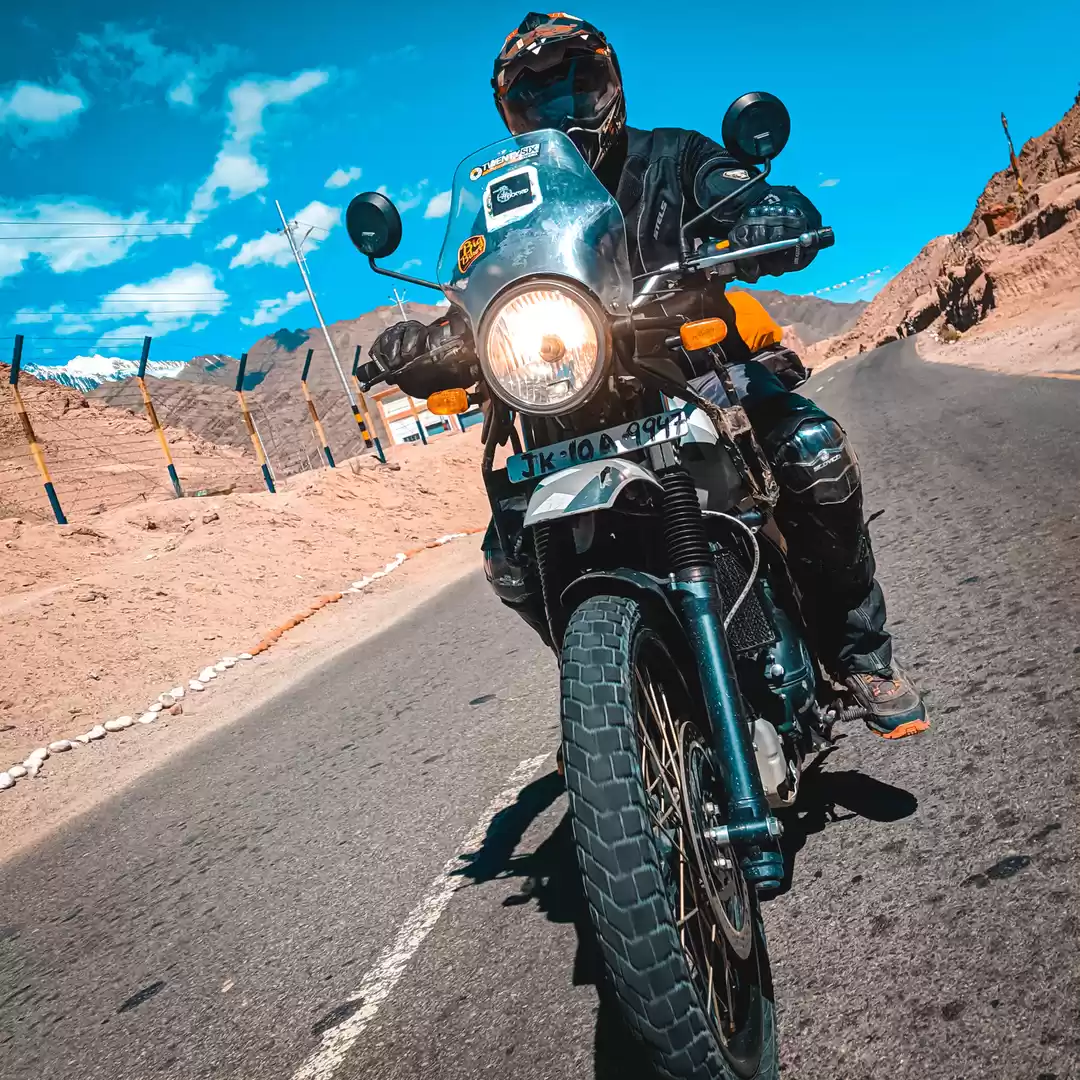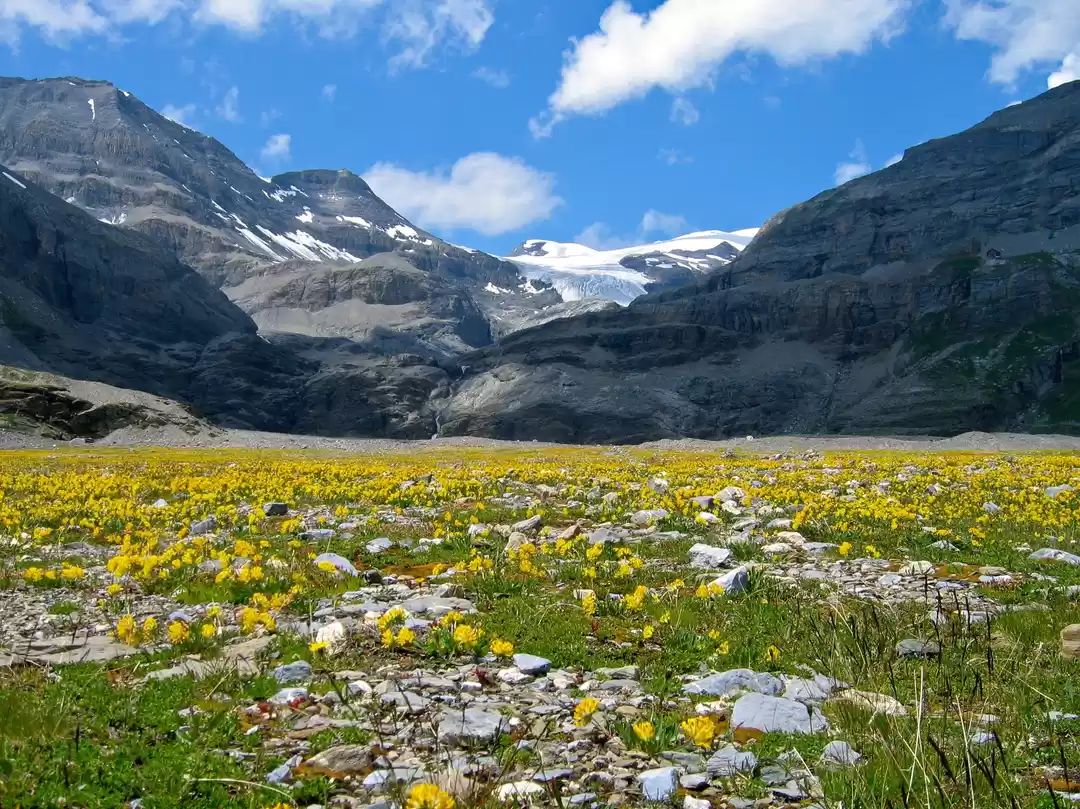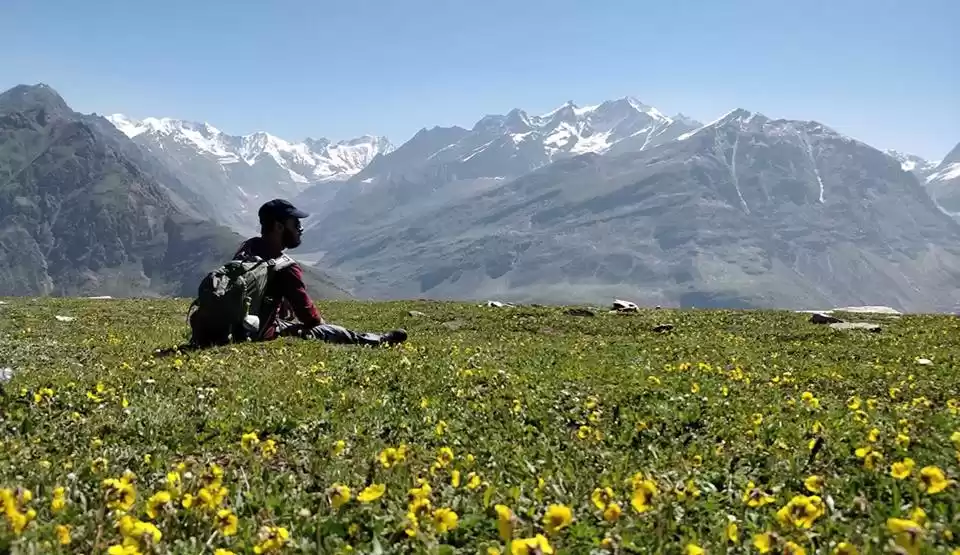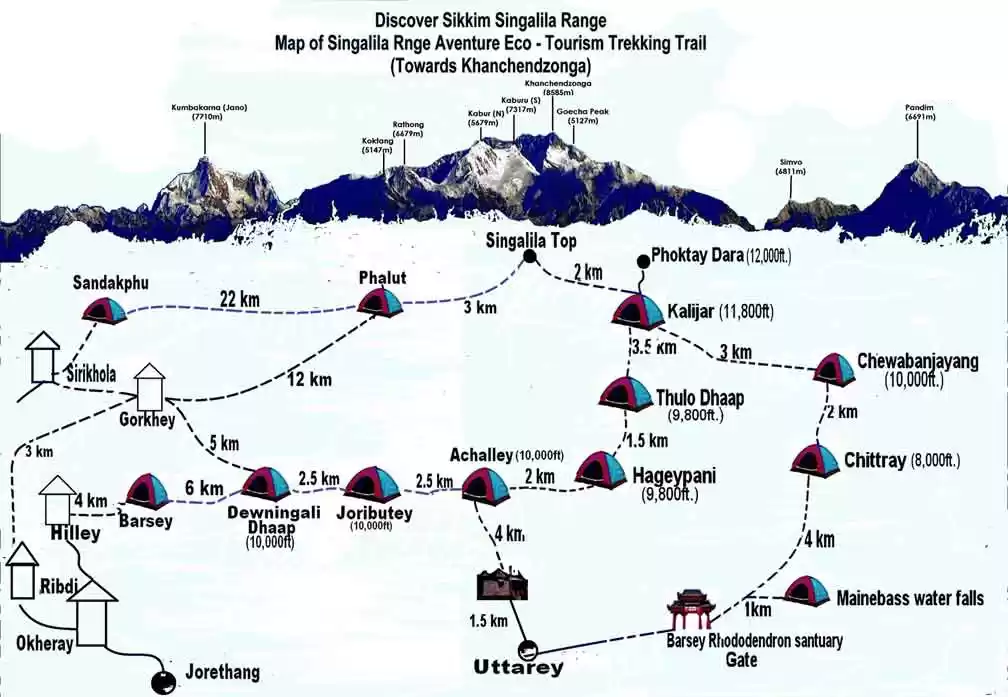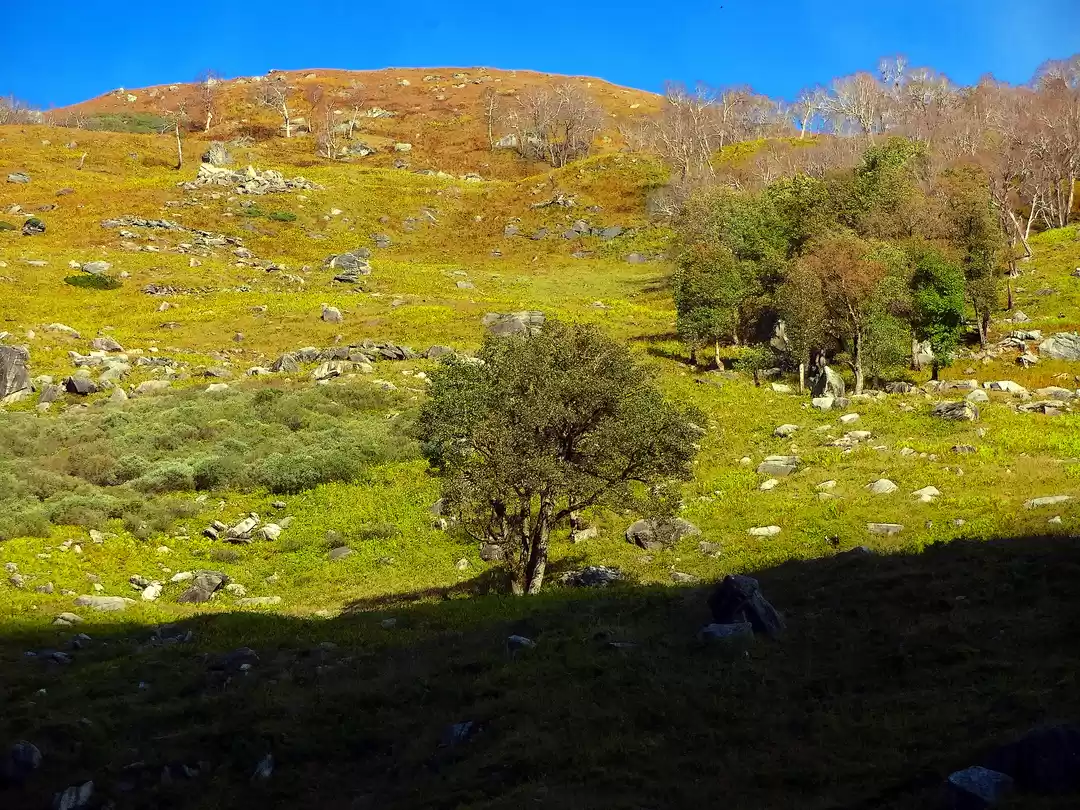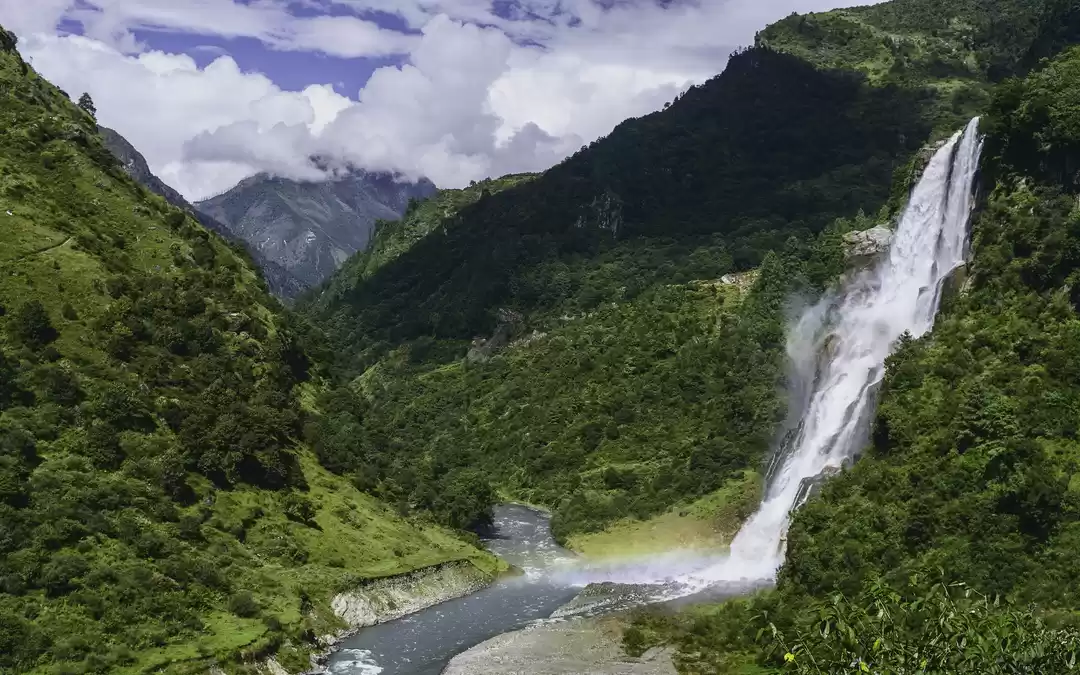Limitless plains, with a carpet of flowers being fed by a glacial stream, this is Miyar Valley for you. Located in the north-west of Lahaul-Spiti district, extending more than 100km, you see the best of both Himachal and Ladakh here. Also known as Valley of Flowers amongst the locals, this valley hasn't caught the eye of trekkers yet. The 5-day-trek begins from Khanjar, last village of Miyar Valley, 30 minutes away from Shukto, the last motorable point before the village. You cross grasslands, flower beds, mountain streams, moraine and boulders while on this trek.
How to reach Khanjar
In order to reach Khanjar you have to take a HRTC(Himachal Roadways Transport Corporation) bus to Shukto from Keylong. Once at Shukto you have to walk 30 minutes to finally reach Khanjar. You can get to Keylong from Manali, there are regular buses running between the two places. You must stay at Shukto, as there are plenty of options available there.
Difficulty level
Miyar Valley trek is of moderate difficulty. You trek mostly on huge grasslands which is fairly easy, but it gets difficult when you have to walk on boulders and moraine along river banks to cross glacial streams.
Cost
This trek can be done solo, but there are lots of trails passing the meadows and you can easily get lost there if you are not sure of your trail. You can hire a local guide from the place you are staying, it would be very helpful for your trek. Organisers like Bikat and Thrillophilia do this trek around ₹20,000, inclusive of all the equipment, guide, camping and meals.
Trek route
There is no defined route, it all depends upon how far you want to go. Some people finish the trek in a day, they go 10km into the valley and return back. The ideal point is reaching just below the Miyar Glacial and camping by the lakes formed from the glacier.
Shukto - Khanjar - Thanpattan - Gumba - Zardung - Kesar Yon Chhap - Phalpu - Zardung - Gumba - Khanjar - Shukto
When to do it
The best time to hit this trek is from June to October, for rest of the year this trail is covered under a thick blanket of snow.
Brief Itinerary
Shukto - Gumba
You can actually the see the first pit stop of the day, Khanjar, from Shukto. The real trek begins only after Khanjar. You cross a stream and reach the vast grasslands of Dhoksar, from there you head towards a small tributary called Dhoksar Nala. The trek mostly involves walking on level ground and crossing multiple nalas. You will see a Stupa some time into the trek, this would mean you have done half of the trek for this day. You will pass several homes and beautiful farms to reach Thanpattan, another small settlement. You have to walk another 20 minutes to reach Gumba, its a beautiful meadow with tiny streams flowing everywhere and small stone structures.
Gumba - Zardung
From your campsite in Gumba you can see Castle Peak. The terrain will change from green to all dry on this day. You will feel like you are in the Zanskar region of Ladakh. You can see griffons flying over yaks, wild horses and dzo all along the trail. The total distance is around 10km and you can do it in 3-4 hours of trekking.
Zardung - Phalpu
From Zardung you now trek to the site of 7 glacial lakes; the terrain will get a little difficult you tread on moraine and cross stream till you finally see the lakes formed by these streams. You can either camp at these lakes or trek to Phalpu and pitch your tents there. The trek can be completed in around 3 hours, if you want you can trek to the snout of the glacier. It will take another 2 hours but you will get the most spectacular views of snow-clad peaks.
Phalpu - Gumba
Start you return trek on the same trail, it will be easier and you can do it in half the time, if you want you can trek farther and camp at any site close to a water source.
Gumba - Shukto
In this final stretch of your trek you finally get back to the civilazation, this will take around 3 hours to finish.
It totally depends on you, how long you want to stretch this trek. It can be done in 3 days but if you want you can do it in 4 or 5 days as well.
What to pack
Trek Shoes: Carrying good quality anti-skid and waterproof trek shoes is a must as the terrain is going to be tough.
Backpack: A 40-50 litre backpack is required to carry all your essentials for the trek.
Clothing: Multiple layers of clothing with some woollens are required for summer. Heavy woollens and thermals are recommended for winters.
Accessories: Sunglasses, cap, sunscreen with high SPF, moisturiser and toiletries.
You can read in detail about things to carry on a Himalayan trek here
Have you been on a trek recently, share your experience here to inspire others.
Also, check out Tripoto's YouTube channel for some amazing travel videos and inspiration!

